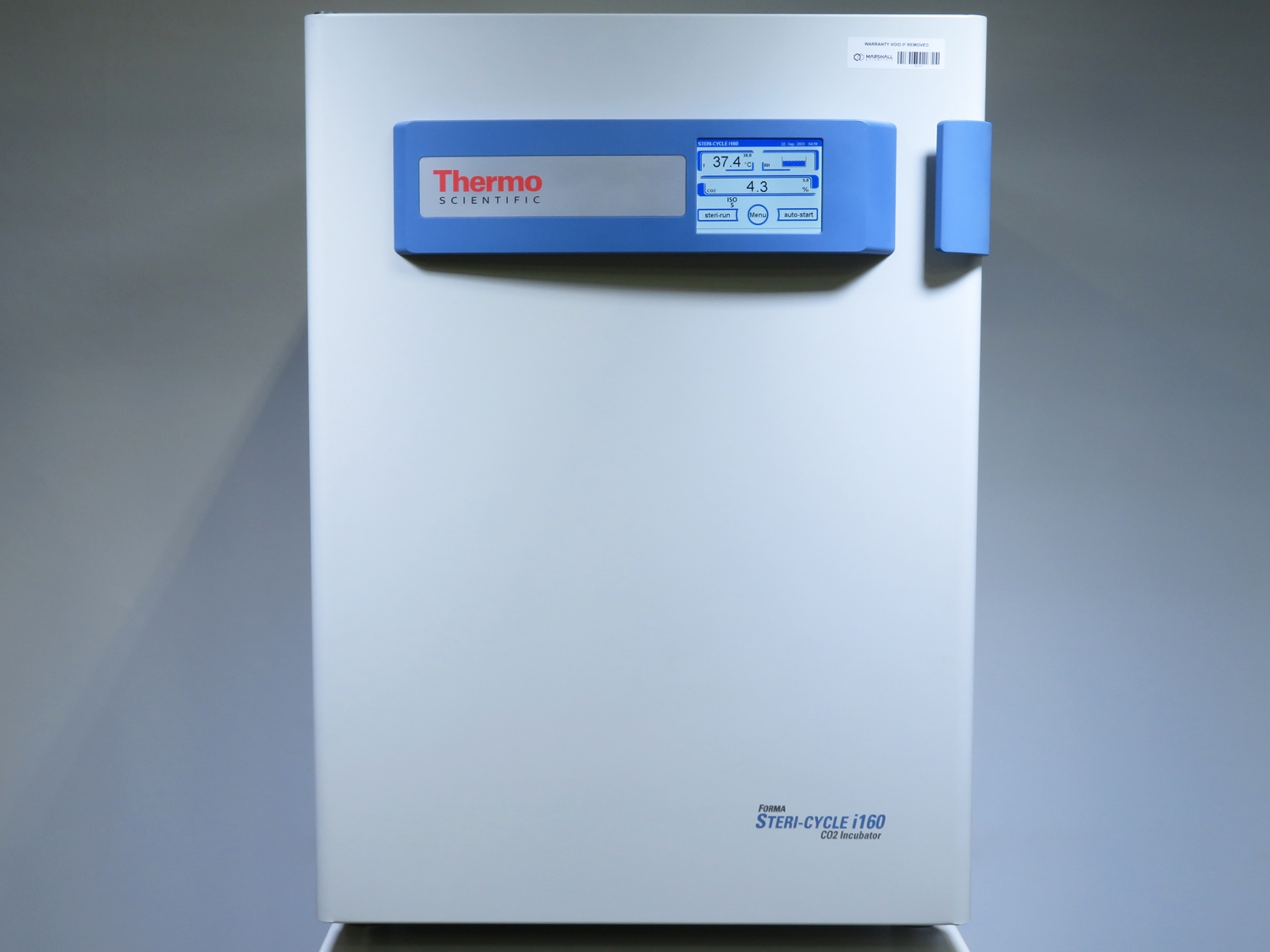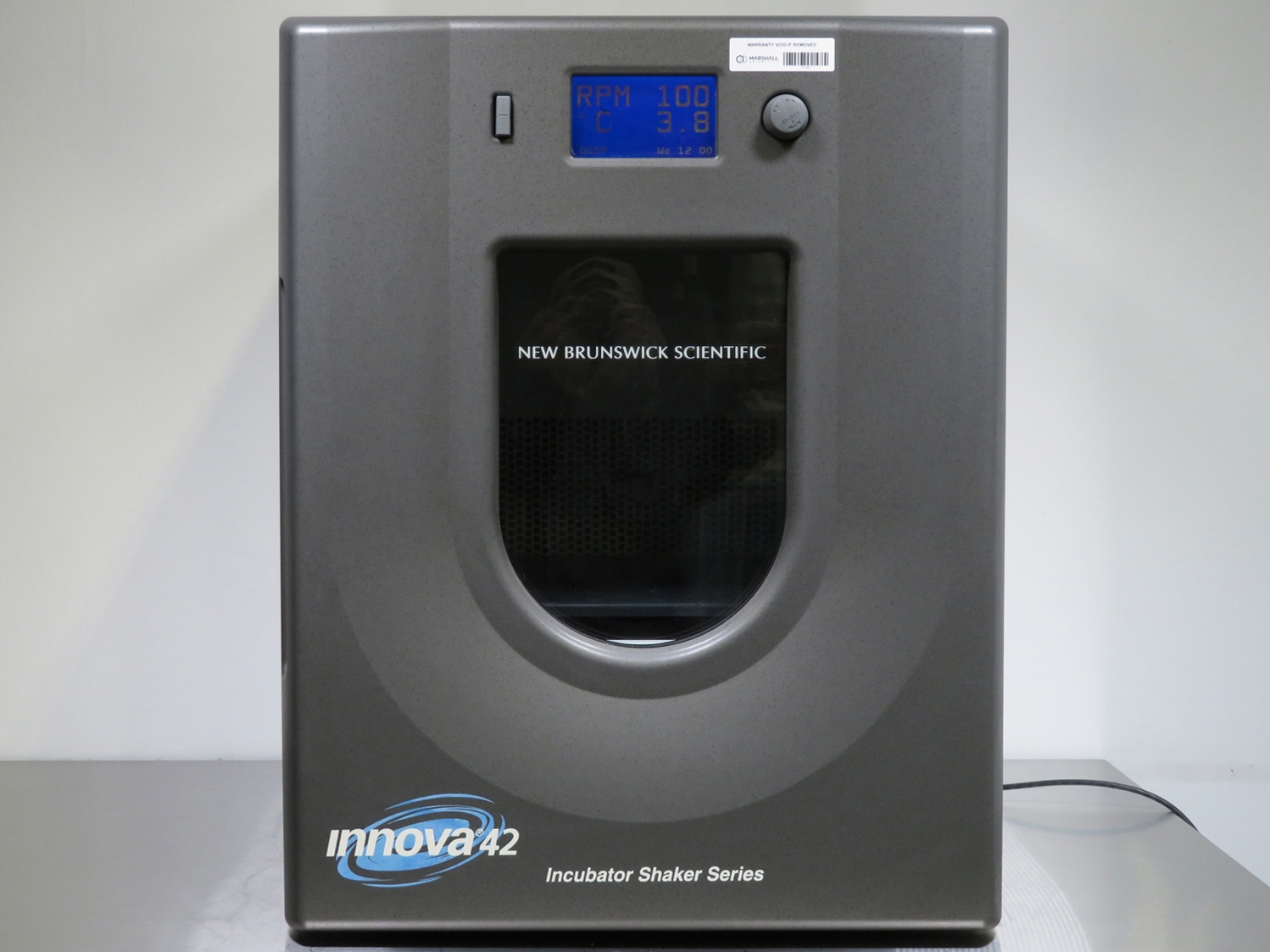
Choosing the Perfect Incubator and Incubator Shaker: A Comprehensive Selection Guide
Selecting the right incubator and incubator shaker for your lab can significantly impact your research outcomes and operational efficiency. With numerous models and features available, making an informed decision requires understanding key specifications and how they align with your lab's needs. This guide will help you navigate the critical factors to consider when purchasing an incubator and incubator shaker, ensuring you make a choice that supports your scientific endeavors and maximizes your investment.
Understanding Your Lab’s Needs
Before diving into the specifications and features, it's essential to clearly define your lab's requirements. Identify the primary applications, such as cell culture, microbial culture, or molecular biology, as different applications may have specific temperature, humidity, and shaking requirements. Additionally, consider specialized applications like genetic research, vaccine development, or drug testing, which may have unique needs. Estimate the volume and size of the samples you'll be handling to determine the necessary capacity. This involves understanding the throughput requirements and the diversity of sample sizes. Additionally, consider the available lab space to decide between benchtop, under-counter, or stackable units, and think about the potential need for future expansion.
Temperature Range and Uniformity
Temperature control is crucial for the successful incubation of biological samples. Uniform temperature distribution ensures all samples receive consistent conditions, which is particularly important for reproducibility in experiments. Ensure the incubator covers the necessary temperature range for your applications and look for specifications on temperature uniformity across the chamber, typically measured in degrees Celsius. Advanced models offer precise digital control and programmable temperature settings, allowing for detailed and varied incubation protocols that can be tailored to specific research needs. Also, consider models with rapid heating and cooling capabilities to reduce downtime between experiments.
CO2 Control
For cell culture applications, maintaining specific CO2 levels is vital for creating a conducive growth environment. Standard CO2 incubators offer a range of 0-20%, suitable for most cell culture needs, but it's crucial to verify the accuracy and stability of these controls. These incubators often include sensors and alarms to ensure the environment remains within desired parameters, which is critical for sensitive and long-term experiments.
Shaking Mechanism and Speed
Incubator shakers combine incubation and agitation, essential for applications like microbial culture and suspension cell culture. Ensure the shaker covers the required speed range for your experiments, which may vary widely depending on the type of culture. The shaking orbit affects mixing efficiency; common sizes are 19 mm (3/4 inch) or 25 mm (1 inch), but some applications may require larger or variable orbits. Look for reliable and low-maintenance drive systems, such as triple-eccentric or counterbalanced mechanisms, which provide smooth and consistent operation. Additionally, consider the noise level of the shaker, as quieter models can contribute to a more pleasant lab environment.
Capacity and Flexibility
The incubator's capacity determines how many samples you can process simultaneously. Choose a size that matches your current and anticipated future needs, considering both the number of samples and the physical size of the culture vessels. Flexibility to accommodate different sample sizes and types is crucial, so look for adjustable shelves and modular interior configurations. Stackable models save space and increase capacity without requiring additional floor space, and some advanced models offer interchangeable platforms or racks to further enhance versatility. This flexibility can be particularly valuable in labs with diverse or changing research focuses.
Construction and Durability
Robust construction ensures longevity and reliability, particularly in high-usage environments. Stainless steel interiors are preferred for their durability and ease of cleaning, reducing contamination risks and simplifying maintenance. High-quality door seals and insulation maintain temperature and humidity levels efficiently, ensuring consistent incubation conditions. Additionally, consider the overall build quality, including the sturdiness of the exterior and the durability of electronic components. Some incubators also offer copper interiors, which have antimicrobial properties that help reduce contamination risks.
Safety Features
Ensuring safety for both users and samples is paramount. Audible and visual alarms for temperature deviations, CO2 levels, and door openings provide immediate alerts, allowing quick corrective actions to prevent sample loss or damage. Automatic decontamination cycles, such as high-temperature or UV sterilization, help maintain a sterile environment, which is critical for sensitive biological samples and reducing the risk of cross-contamination. Some models also include safety interlocks to prevent accidental openings and ensure that the incubator operates only under safe conditions. Additionally, some incubators are equipped with remote alarm contacts, which allow the integration of alarm systems into the broader lab monitoring setup, ensuring that critical issues are immediately communicated even if personnel are not in the immediate vicinity.
Auto Decontamination and Sterilization Cycle
Automatic decontamination cycles are an essential feature in modern incubators, providing peace of mind and maintaining sterile conditions with minimal manual intervention. High-temperature decontamination cycles effectively eliminate contaminants by heating the interior to sterilizing temperatures. Sterilization cycles offer a reliable alternative that can be used more frequently between cycles, ensuring that the incubator remains free of microbial contamination. These cycles are programmable, allowing them to run during off-hours, thus maximizing productivity and reducing downtime.
Conclusion
Choosing the right incubator and incubator shaker is a critical decision that can influence your lab’s productivity and research outcomes. By carefully considering your lab’s specific needs and evaluating the key specifications and features, you can make an informed purchase that provides reliable performance and supports your scientific goals. Whether you are looking for precise temperature control, advanced CO2 regulation, or robust shaking mechanisms, this guide offers a comprehensive approach to selecting the ideal equipment for your lab.






